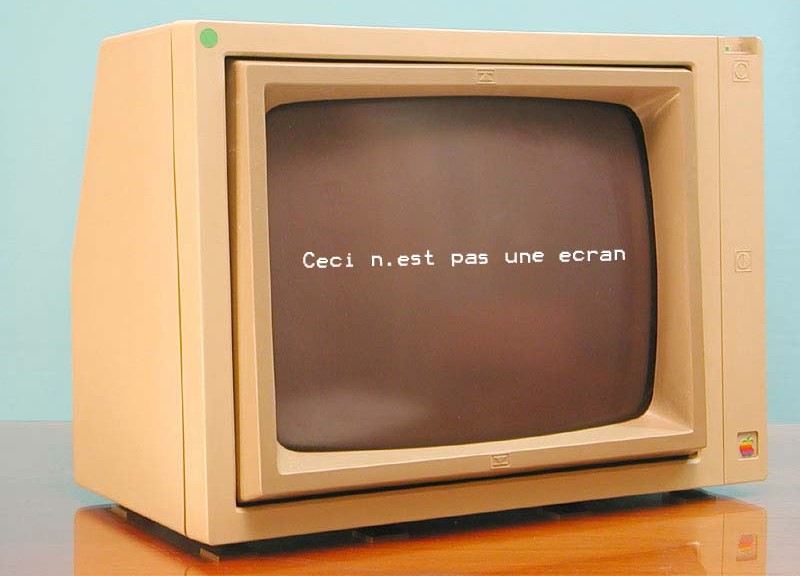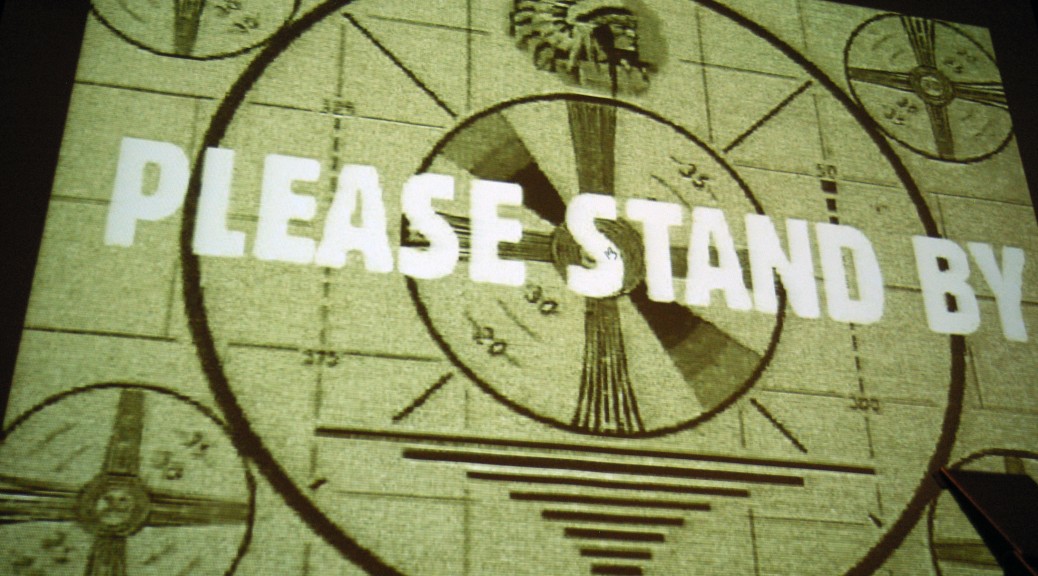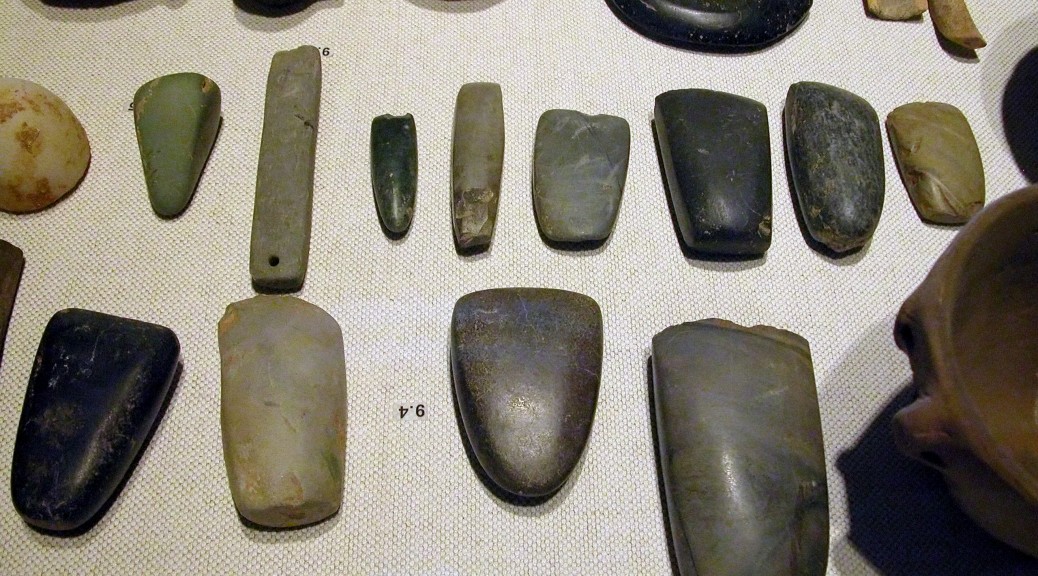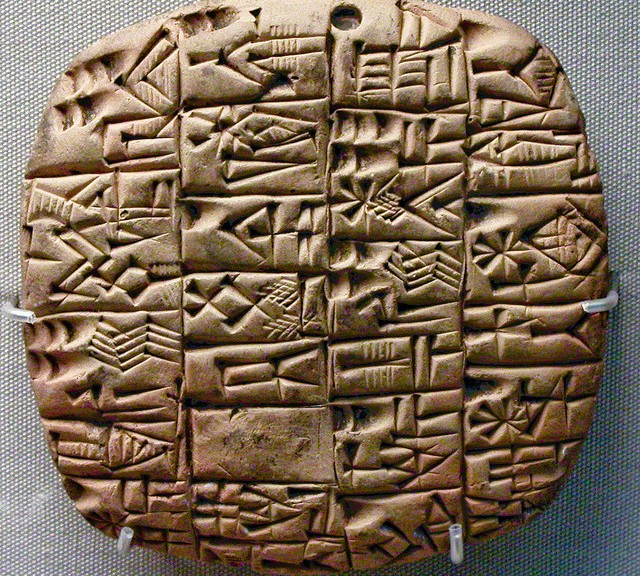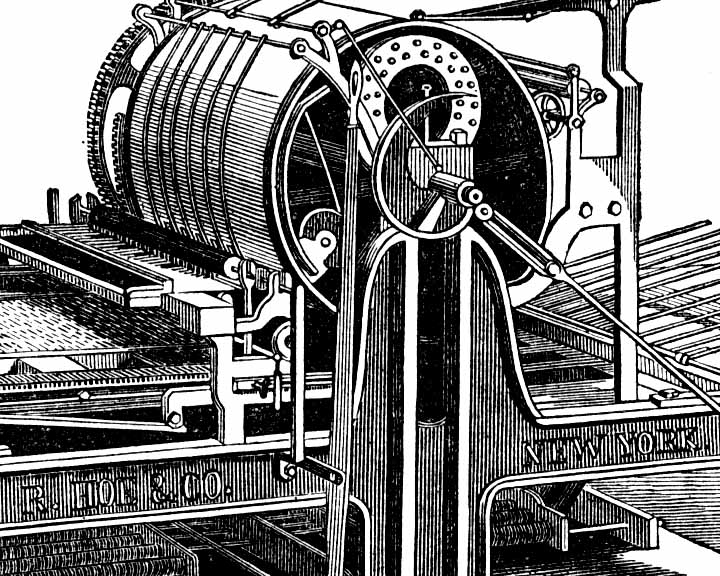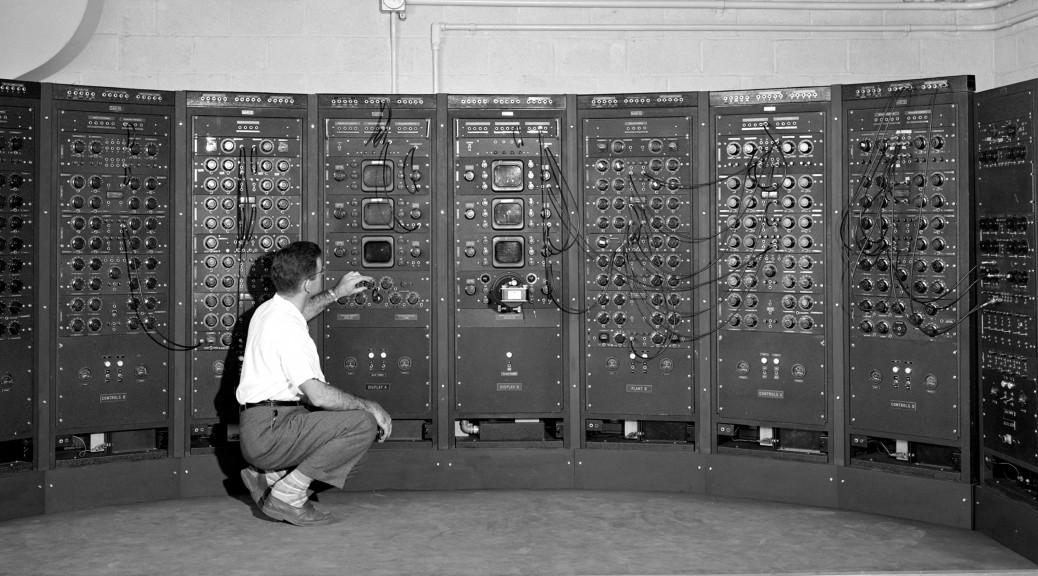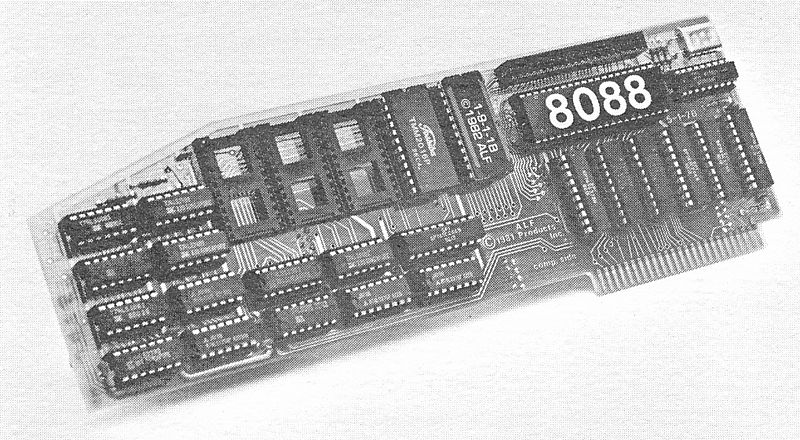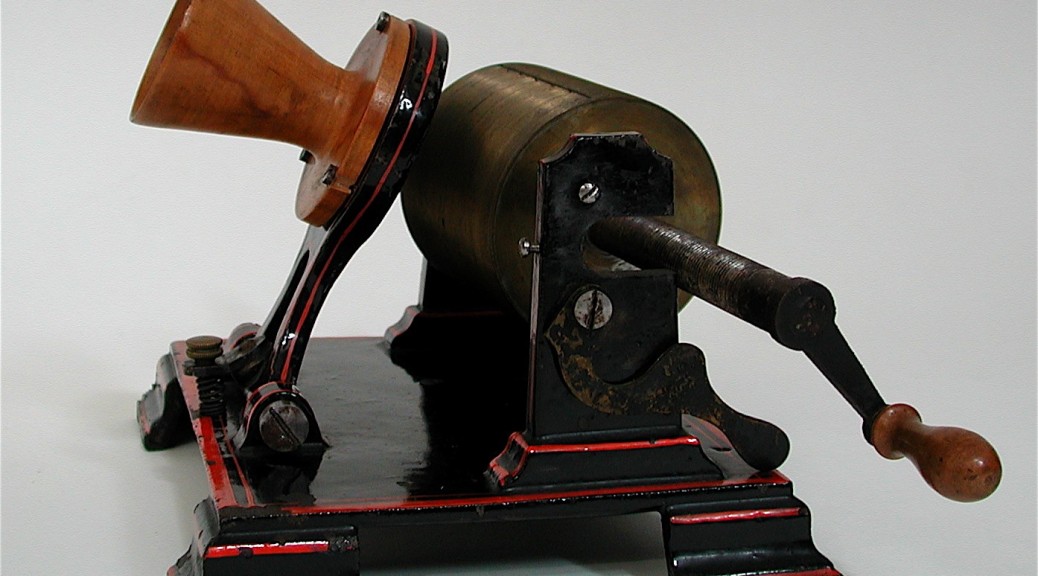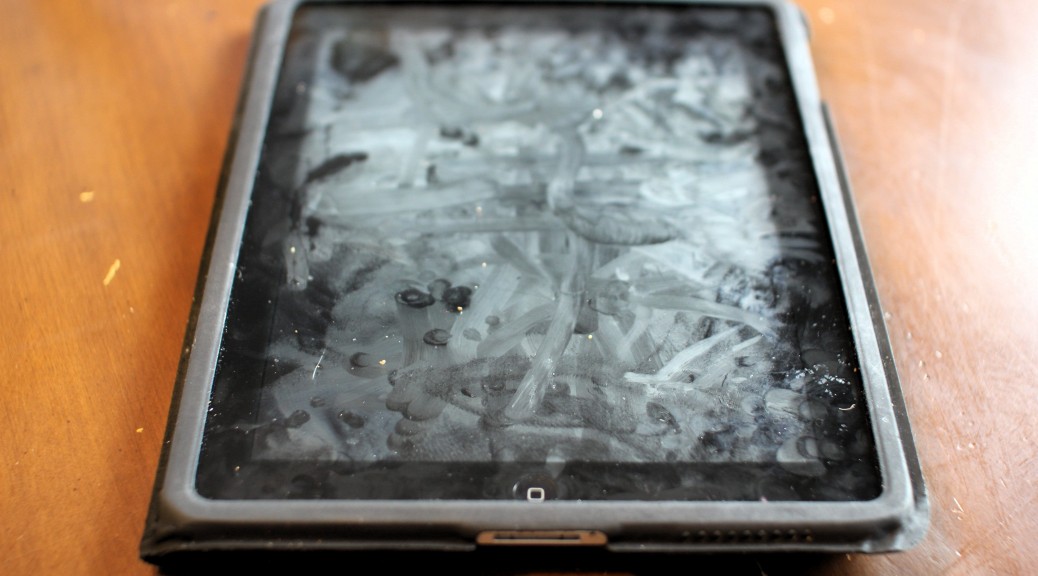All posts by Ted Fordyce
Week 2
Section 1
Tuesday September 2nd
Readings
Semiotics for Beginners (Sections 2 and 4)
“The Nature of the Linguistic Sign”
Discussion Topics
Signs; Symbols, Icons, and Indexicals; Paradigmatic and Syntagmatic Relationships; Subjectivity
Section 2
Wednesday September 3rd
Readings
Semiotics for Beginners (Sections 2 and 4)
Discussion Topics
Signs; Symbols, Icons, and Indexicals; Paradigmatic and Syntagmatic Relationships;
Friday September 5th
Readings
“The Nature of the Linguistic Sign”
Discussion Topics
Subjectivity
Week 3
Section 1
Readings
Either read the article “The Medium is the Message”, or watch the 3 videos below.
“Remediation”, Jay David Bolter and Richard Grusin- WSUV Library Database – Project Muse
___________________________________________________________________________
Section 2
September 8
September 10
Readings
Either read the article “The Medium is the Message”, or watch the 3 videos below.
September 12
“Remediation”, Jay David Bolter and Richard Grusin- WSUV Library Database – Project Muse
Week 4
Technological Determinism – Read “Introduction” and “Theoretical Stances”
“Writing Restructures Consciousness”
Section 2
Monday 9/15
Technological Determinism – Read “Introduction” and “Theoretical Stances”
Friday 9/19
“Writing Restructures Consciousness”
Week 5
Section 1
Tuesday September 23
Readings
“Bookrolls as Media” Comparative Textual Media, Chapter 5, William Johnson
“Reading Childishly” A Codicology of the Modern Self” Comparative Textual Media, Chapter 7, Patricia Crane
_______________________________________________________________________________
Section 2
Monday September 22
Readings
Wednesday September 24
“Bookrolls as Media” Comparative Textual Media, Chapter 5, William Johnson
Friday September 26
“Reading Childishly” A Codicology of the Modern Self” Comparative Textual Media, Chapter 7, Patricia Crane
Week 6
Schedule
Section 1 Section 2
“Print Culture” or “Medieval Remediations” 9/30 9/29
“Gilded Monuments” 9/30 10/1
“Affordances of Reading/Writing Digitally” 9/30 10/3
Readings
“Print Culture (Other Than Codex)”
Chapter 8 from Comparative Textual Media
Preview
Usually, when we talk about print, we’re really talking about books. As a result, discussions around the “Print Revolution” are predominately discussions about the changes brought about by the ability to print books. Gitelman reminds us that books are only one of a variety of printed mediums. By setting the book up as the exemplar of print, we exclude other print mediums from our analysis of print and its cultural influence. As a result, our understandings of print, the print revolution, and print culture are incomplete.
Gitelman uses job printing as an example of another print medium. Job print documents are designed for specific business or private tasks, such as ledgers or rail tickets. The task determines the form and the form identifies the task. She points out important differences between job prints and books that call into question our notions about the nature of print. Gitelman’s article proposes the possibility that many of the characteristics that we assign to the form and historical import of print are really just characteristics of the book,
This article carries an implied warning to scholars of digital, as well as print media. Like the print medium, the digital medium incorporates many distinct mediums within it. Some characteristics are universal across the incorporating medium, others are specific to certain mediums within. When we are discussing the properties of the digital, we should also be asking if these properties really characterize what it means to be digital, or are really just descriptions of certain instances of the digital that are being projected across the entire, encompassing medium.
Discussion Questions
1) Why is it difficult to “nail down terms” when talking about print artifacts?
2) Why does Gitelman suggest a narrow concept of print culture?
3) Do you agree with her narrow definition?
4) What does she mean by “return print culture to the printing house” and why does she think this is important?
5) What does she say about print and preservation?
6) Why widely can the meaning of “printedness” be shared?
7) What does Gitelman mean when she writes that the codex is sluggish?
8) What is different about reading job printing?
9) What is different about printing job printing?
10) What are the differences (if any) between a user and a reader?
11) What does Gitelman mean by a “poverty of this well-worn analytic.”
“Medieval Remediations”
Chapter 8 from Comparative Textual Media
Preview
We have talked in this class about the media upheavals brought about by the advent of both literacy and print, and will soon begin discussions about the dramatic changes attributed to computing. It is easy to imagine communication mediums and their practitioners as simply waiting patiently through the long stretch of centuries in between for the next revolution. In this article, Brantley points out that media innovation never really ceased. Apparent borders between forms, languages, and genres were challenged and the nature of reading itself questioned.
Brantley illustrates her argument through the Vernon Pasternoster Diagram, a page from a 14th century text illustrating the Lord’s Prayer. The page is designed as a table, with different columns containing different languages (Latin and Middle-English) and medieval Christian categories such as the seven virtues, vices, and gifts; all built around the central theme of the prayer. The designer of the diagram uses color, spatial relations, (what we would call) font characteristics, and images to convey a complex but cohesive idea. Brantley describes 3 different types of remediation in the document: 1) orality and literacy, 2)emergence of the use of vernacular languages from Latin, and 3) the translation of texts to images and back.
Through this article we see the various ways that, even prior to the printing press, people were already concerned with the forms of the mediums themselves and exploring ways to remediate various media to build richer and deeper texts.
1) What does Brentley say is the value of middleness?
2) What is the Gregorian Dictum and what did it say about the relation between writing and images?
3) What does Brentley mean when she writes, “The isolation of the matter from the manner is the beginning of talking about manner.”?
4) What is imagetext? What are some modern examples?
5) How does Brantley relate the Vernon Paternoster Diagram to new media?
6) What are some examples of when reading is a type of seeing rather than a type of hearing?
“Gilded Monuments: Shakespeare’s Sonnets, Donnes Letters, and the Mediated Text”
Chapter 10 from Comparative Textual Media, Thomas Fulton
Preview
In the CMDC’s Electronic Literature lab, examples of hypertext literature are presented on the computer models on which each piece was actually written. This allows the reader to experience the text within its original and intended medium. As Fulton points out in “Gilded Monuments”, the original and intended medium can inform the writing in such a way that a full understanding of the author’s original meaning is only discernable when read on that medium. As an example, he points to numerous references by Shakespeare and his contemporaries to gilding, as a metaphor for both monuments and permanence. The full complexity of the meaning behind the metaphor can only be understood in relation to the practice of gilding manuscript edges. This complexity is lost when viewing these works as print objects instead of manuscript objects.
It is important for readers and writers of digital media to remain conscious of the relationship between a text and its original medium. The hypertext novels of Michael Joyce and Shelley Jackson are products of the colors, resolution, screen sizes, and processor speeds of the machines on which they were written. Fulton’s article reminds us to consider what will be or has been lost or altered when a text is digitized or transferred from one digital medium to another.
Discussion Questions
1) What does Fulton mean by “mediated text”?
2) Why does remediated text resist remediation?
3) Why do you suppose that letters and sermons are called the most important genres of the Renaissance?
4) Can digital media be a “lasting monument”? Why or why not?
5) How does remediation make the medium visible?
6) How does the content of Donnes letter described on page 235 conform to and utilize the medium on which it was written?
7) Why do yo suppose Fulton focuses on on gilding?
“Affordances of Reading/Writing on Paper and Digitally”
_____________________________________________________________________
Week 7
Schedule
Section 1 Section 2
Ceruzzi – Intro and Chapter 1 10/7 10/6
“Txtual Condition” from CTM 10/7 10/6
Prezi Tutorial 10/7 10/8
Ceruzzi Chapter 2 10/7 10/10
“From A to Screen” from CTM 10/7 10/10
Readings
Computing: A Concise History
Paul Ceruzzi
Introduction and Chapter 1
Preview
In A Concise History, Ceruzzi tracks the rise of computing, as a concept, process, and system of artifacts, from its pre-20th century roots up to the development of social media sites such as Facebook and Twitter. He begins by positing four main threads as running throughout the history of computer technology: the digital paradigm, convergence, solid state electronics. and human-machine interface. He then goes on to base his history around these 4 concepts.
Ceruzzi uses chapter 1 to trace the early technologies and concepts of the 17th through early 20th centuries that shaped the surge of technological innovation that took place during World War 2. These early developments in means of control, storage, calculation, electronic circuitry, and communication have converged to make possible our modern understanding of computing.
Discussion Questions
1) Describe each of the major threads that Ceruzzi describes as running through the history of computing.
2) Do you agree with Ceruzzi’s suggestion that Moore’s law is an example of technological determinism?
3) What 3 significant functions of computing does Ceruzzi mention?
4) In what ways were the computing and communication devices of the 1930’s out of balance?
5) What 5 combined attributes make up a modern computer?
“The .txtual Condition”
Matthew Kirschenbaum
Chapter 3 from Comparative Textual Media
Preview
Last week we visited the Electronic Literature Lab and talked about the importance of being able to access digital documents through the systems on which they were originally created. Kirschenbaum continues this conversation by exploring what it means to archive digital works. He looks at questions surrounding retrieval (how do you collect an author’s works when they are spread across forums, emails, chats, and databases?) preservation, and materiality (what is the nature of an archive when it is not being accessed?)
Discussion Questions
1) How does the digital age complicate the notion of a primary record?
2) Why is the idea of archiving something digitally an “ambiguous proposition?
3) In what sense can the word “archive” only be used as a verb when referring to digital texts?
4) Why is the idea of materiality important to the discussion around digital archives?
5) What do you think does Kirschenbaum mean when he writes, “We can never access the same digital file twice”?
6) Give an example of “the ongoing oscillation between obsolescence and novelty”
Week 8
Schedule
Section 1 Section 2
Ceruzzi – Chapter 3 10/14 10/13
Ceruzzi – Chapter 4 10/14 10/15
iBook Project Due 10/14 10/15
Ceruzzi Chapter 5 10/14 10/17
“Print is Flat, Code is Deep” 10/14 10/17
Readings
Ceruzzi Chapter 3
Ceruzzi Chapter 4
Ceruzzi Chapter 5
Week 9
Schedule
Section 1 Section 2
Ceruzzi Chapter 6 10/21 10/20
Ceruzzi Chapter 7 10/21 10/20
“How We Read” 10/21 10/22
Emerson Introduction 10/21 10/24
Emerson Chapter 1 10/21 10/24
“How We Read”
Questions
1) What is the zone of proximal development?
2) Give 2 examples of hyper-reading.
3) What is cognitive load and how have researches related it to hypertext?
4) According to Hayles, what are the advantages of deep attention, and what are the advantages of hyperattention?
5) What is machine reading?
Reading Writing Interfaces
Questions
1) According to Emerson, what is the common goal underlying modern interface designs?
2) What does Emerson mean by “invisible interface”?
3) Do you agree with Emerson’s assertion that “We no longer have access to digital making; instead, we have predetermined choices?
4) Describe calm technology
5) What does Emerson mean when she writes “the iPad works because users can’t know how it works”?
6) How does Emerson describe the type of “creativity” espoused by the iPad?
7) What alternate view of creativity does Emerson propose? Pg 20
8) How does Emerson use the terms:
A) Hacking
B) Glitch
C) Defamilliarization
Week 10
Schedule
Section 1 Section 2
Emerson Chapter 2 10/28 10/27
Emerson Chapter 3 10/28 10/29
Project 4 Tutorial 10/28 10/29
Prezi Project Due 10/28 10/31
Emerson Chapter 4 10/28 10/31
